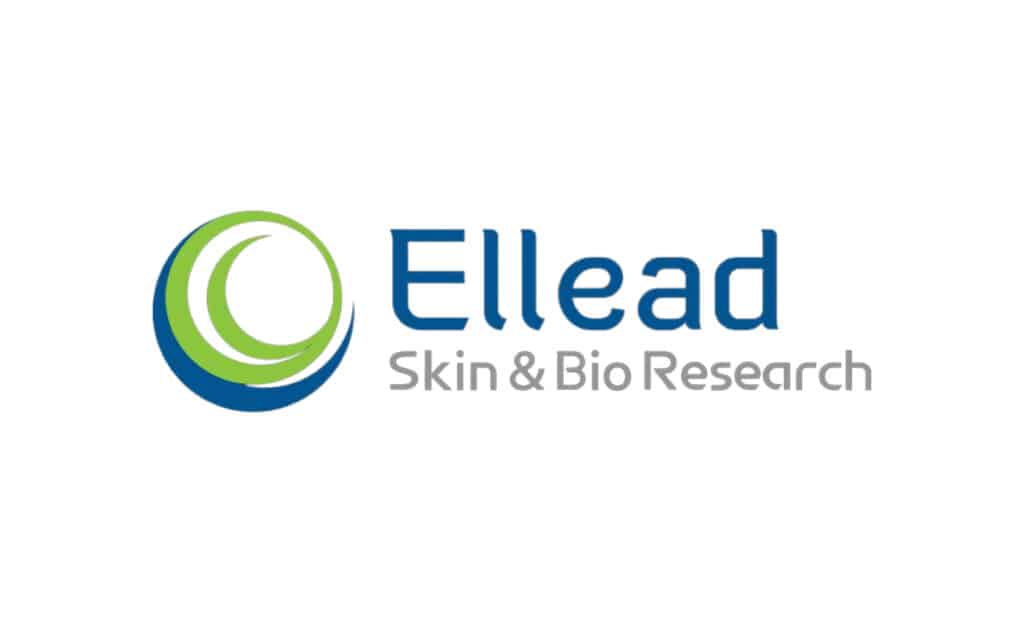New objective evaluation method combines instrumental measurements and image analysis
Ellead Co., Ltd., South Korea, a leading skin science research institute, has announced groundbreaking findings that establish an objective distinction between “glowing” skin and “greasy” skin. The results, published in the Journal of the Society of Cosmetic Scientists of Korea, provide the first scientific framework for differentiating radiance from oiliness—two concepts often confused under the vague term “Radiance.”
Moving Beyond Subjective Beauty Standards
Until now, evaluations of skin radiance have been largely subjective, with terms such as “shininess” and “greasiness” used interchangeably. Ellead’s study changes this paradigm by combining instrumental assessments with facial image analysis.
In a controlled 6-hour study with Korean women in their 20s and 30s, researchers measured gloss, hydration, sebum, and translucency, while also capturing time-stamped facial images. Participants were asked to identify the moments when their skin looked the most radiant versus the most greasy. These subjective impressions were then cross-referenced with quantitative data, providing the foundation for a new classification system.
Hydration: The Decisive Factor
The study revealed that both radiance and greasiness were associated with higher gloss and sebum, and with lower translucency. However, the key difference lay in hydration:
- Radiant skin showed a significant increase in hydration.
- T-zone: 73.0 A.U.
- Cheeks: 80.7 A.U.
- Greasy skin showed a decrease in hydration despite higher oil levels.
- T-zone: 69.6 A.U.
- Cheeks: 76.4 A.U.
“These findings demonstrate that true radiance is the result of balance—where moisture and sebum coexist harmoniously—while greasiness reflects sebum excess under conditions of moisture deficiency,” said an Ellead spokesperson.
Image Analysis Reveals Shine Patterns
Using advanced image-processing software, Ellead researchers mapped glossy areas across the face over time. Radiant skin displayed gloss limited to prominent areas such as cheekbones, while greasy skin exhibited a progressive spread of shine across the face, including recessed regions.
“This discovery allows us to define greasiness not only in terms of excess sebum but also as a distinctive change in the distribution of facial shine,” the spokesperson added.
Implications for the Cosmetics Industry
The new classification criteria carry significant implications for product development and marketing:
- Efficacy Testing – Enables validation of products designed to enhance glow while suppressing greasiness.
- Consumer Communication – Provides brands with objective data to support claims around radiance, hydration, and shine control.
- Service Expansion – Ellead will leverage these results to offer comprehensive evaluation services for cosmetics targeting moisture–sebum balance and glow enhancement.
About Ellead Co., Ltd.
Ellead Skin Science Research Institute is Korea’s first and one of the most specialized human application testing institute. Specializing in the scientific evaluation of cosmetic efficacy and safety, Ellead provides comprehensive testing services that bridge innovation, regulatory compliance, and consumer trust.






